Fifteen Minutes of Fame
Aurae
Fifteen Minutes of Fame: Aurae
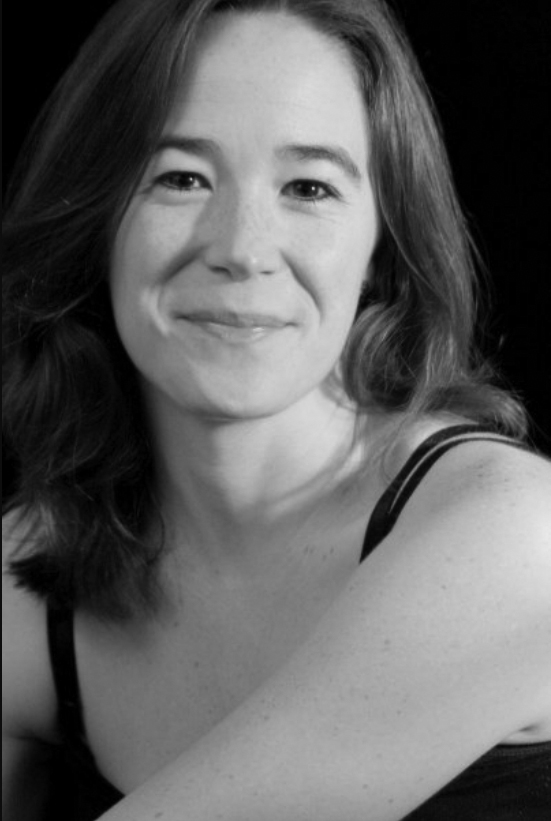
Mary Hubbell, described in the New York Times as “a soprano with a sweetly focused tone,” holds degrees from Boston College; the University of California, Santa Barbara; and the Royal Conservatory in The Hague. She is active in a wide range of music, from early music to contemporary repertoire. In the Netherlands, she was a frequent soloist with La Prunelle Ensemble, Praetorius Blokfluit Ensemble, and the Netherland Vocal Laboratory. She also participated in the Steve Reich Festival at the Royal Conservatory, the Young Composer’s Festival in Apeldoorn, the Chamber Opera Festival in Zwolle, and the Gaudeamus Festival in Amsterdam. Orchestral engagements have included Louis Andriessen’s Tao with the Royal Concertgebouw Orchestra, Robert Kapilow’s Green Eggs and Ham with the Charleston Symphony Orchestra, Mozart’s Exsultate, jubilate with the Beaufort Symphony Orchestra, Vivaldi’s Beatus vir with the Chorale Society of the Hamptons, and Schubert’s Mass in G with Musica Viva of New York. As a recitalist, she has concertized in Boston, New York, North Carolina, and South Carolina, including Piccolo Spoleto’s Spotlight Series in Charleston. In New York, she has appeared as a soloist with the Manhattan Chamber Orchestra, the Transfiguration Early Instrument Ensemble, Alphabet Soup Productions, The Remarkable Theatre Brigade, and Dr. Faustus. She is pursuing a Doctorate of Musical Arts at the Graduate Center of the City University of New York and is a faculty member of the Brooklyn Conservatory of Music and Smith College. Further information can be found at maryhubbell.com.
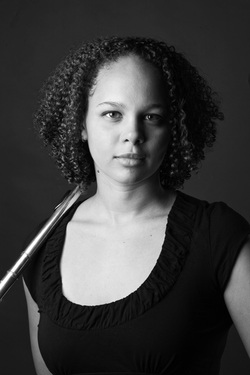
Raised in Austin, TX, flutist Alice Jones is known for giving performances that are “lively” (New York Times), “delicate and passionate with beautiful articulation and dynamics” (Eleanor Cory, composer). An avid symphonic, chamber, theater, and contemporary musician, with performances ranging from the Brandenburg Concerti to New York City’s Look and Listen Festival, Alice was praised by Mario Davidovsky as “the flute player who could really play.” She has been featured as both a soloist and as a chamber musician at the Composers Now! Festival at Symphony Space (2010 and 2011), the Norfolk Chamber Music Festival (2010), and Chamber Music Campania in Italy (2013). She toured China and Hong Kong (2007 and 2008) as a performer and director of chamber music and outreach programs for the Yale-China Music Exchange.
Alice is committed to premiering new chamber music repertoire and has received commissions from the Long Island Composers Alliance with percussionist Cesare Papetti and premiered works by Gregory Brown, Eric Nathan, and Inés Thiebaut with soprano Mary Hubbell.
Demonstrating her equal passion towards performing, research, and teaching, Alice won the baroque concerto competition at SUNY Purchase, was an invited participant in the 2012 National Flute Association Young Artist Competition, received the Brookshire award for musicological research and writing at SUNY Purchase, and received the Associated Music Teachers League Award at CUNY Queens.
Alice graduated from Yale University and SUNY Purchase and is currently a doctoral student at the CUNY Graduate Center. She maintains a private studio in New York and joined the faculty at the Aaron Copland School of Music at Queens College in 2010.
Vox Novus is calling for one-minute pieces composed for Fifteen-Minutes-of-Fame: Aurae – the Belle Époque to be performed at the November 23, 2014 Composer's Voice concert in New York City. These one-minute pieces will be performed by Mary Hubbell (soprano) and Alice Jones (flute)
Theme: This Fifteen-Minutes-of-Fame composed for Aurae is inspired by the Belle Époque and should reflect that period (http://en.wikipedia.org/wiki/Belle_%C3%89poque).
The Belle Époque was a period in French and Belgian history that is conventionally dated as starting in 1871 and ending when World War I began in 1914. Occurring during the era of the Third French Republic (beginning 1870), it was a period characterized by optimism, peace at home and in Europe, new technology and scientific discoveries. The peace and prosperity in Paris allowed the arts to flourish, and many masterpieces of literature, music, theater, and visual art gained recognition. The Belle Époque was named, in retrospect, when it began to be considered a "golden age" in contrast to the horrors of World War I. In the newly rich United States, emerging from the Panic of 1873, the comparable epoch was dubbed the Gilded Age. In the United Kingdom, the Belle Époque overlapped with the late Victorian era and the Edwardian era. In Germany, the Belle Époque coincided with the reign of Kaiser Wilhelm II and in Russia with the reigns of Alexander III and Nicholas II.
Concert Dates
- November 23, 2014 - Composer's Voice at Jan Hus Church, New York City
15 one-minute selections for Aurae
-

Départ
Andrew Haile Austin
Andrew is currently pursuing his doctorate at the Peabody Conservatory studying with Kevin Puts. In addition to composing, he has music directed over 100 musicals across the country. Most recently, his songs were featured at the New York Festival of Song in NYC. www.andrewhaileaustin.com
Program Note for Départ Using the petit poem Départ by Arthur Rimbaud, the voice and the flute flit and float around the ineffable and ephemeral, embodying the fleeting natures of love and death. -

Tableau Parisien
Jean-Patrick Besingrand
Jean-Patrick Besingrand was born in France in 1985. He obtained his Masters in musicology and his diplomas in Musical analysis, Harmony, Counterpoint, and Fugue. He is working on his thesis at the Sorbonne, and studies composition in Bordeaux. His music is played in the United-States, France and China.
Tableau Parisien is a tribute to the Parisian Belle Époque at the end of the 19th century. Built around a poem by Charles Baudelaire, this piece is inspired by French melodies by masters of the era such as Fauré, Debussy, and Ravel. -

Resemblances from an Era
Rodrigo Baggio
Rodrigo Baggio's music has been performed in many cities around the world such as São Paulo (Brazil), Paris (France), Quebec (Canada), Bremen (Germany), London (England), Bucharest (Romania), Vermont, New York and Washington DC (USA). As a performer, he has played concerts in different countries of the globe.
The emblematic Erik Satie... a great reference from the Belle Époque! -
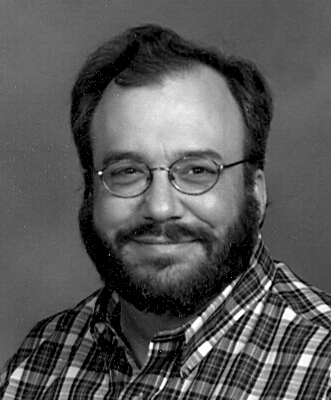
Un Grand Sommeil Noir
David Bohn
David Bohn received degrees in composition from the University of Wisconsin, University of Wisconsin-Milwaukee, and the University of Illinois. He currently resides in West Allis, Wisconsin, and is the music director at St. John's Lutheran Church in West Milwaukee. He is the President of the Wisconsin Alliance for Composers.
-

Valse vocale
Paul Cowell
Paul Cowell is a composer and arranger living in London. Currently he works for the British Government.
This annoying little waltz is inspired by two elements of the music of the belle epoque. It was the age of the waltz and also the time when composers were moving away from conventional diatonic harmony and experimenting with exotic scales.
-
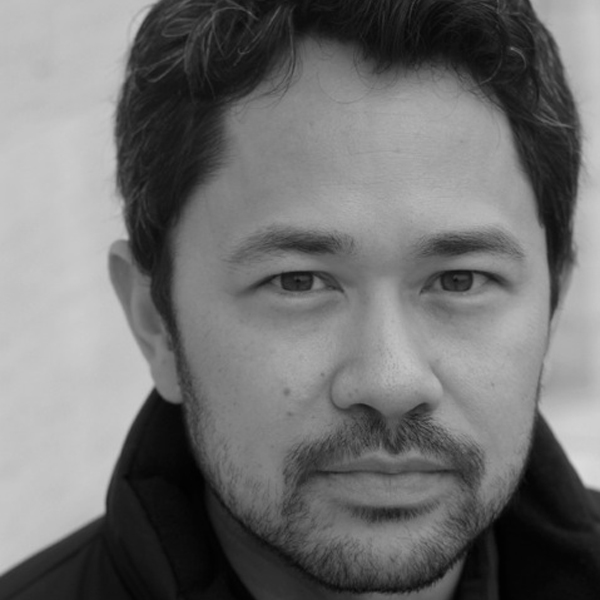
Chou-Fleur à la M...
Damon Thomas Lee
Damon Thomas Lee (b. 1975 in Lansing, Michigan) has composed for leading ensembles and institutions worldwide, with pieces ranging from concert works to multimedia and interdisciplinary sound-design projects. He is a Professor of Composition and Digital Arts at the Glenn Korff School of Music (University of Nebraska-Lincoln), and is about to begin writing an opera about molecular gastronomy.
The french painter Henri de Toulouse-Lautrec (1864-1901) was equally passionate about cooking. He created elaborate multi-course dinners for friends and many of his menus and recipes have been published and are on display at the Musée Lautrec in Albi. My setting of this concoction is a tribute to our shared love for cooking and invention.
-

Mondschein
Carrie Magin
With music of luminous vocal resonance, percussive intensity, and shimmering instrumentation, internationally-performed composer Carrie Magin traverses a wide emotional range with her fresh and universal voice. Ensembles having read and performed Magin’s work include the Buffalo Philharmonic Orchestra, Ottawa New Music Creators, ascend voices, and University of Cincinnati’s CCM Chorale.
This piece uses the first stanza of Paul Verlaine’s “Clair de Lune,” but in this setting, I’ve selected to use Stefan Zweig’s German translation of the poem. Zweig’s translation emphasizes the hidden pain in juxtaposition to the beautiful “train” of flittering masks, a structure I adopted for the piece. -
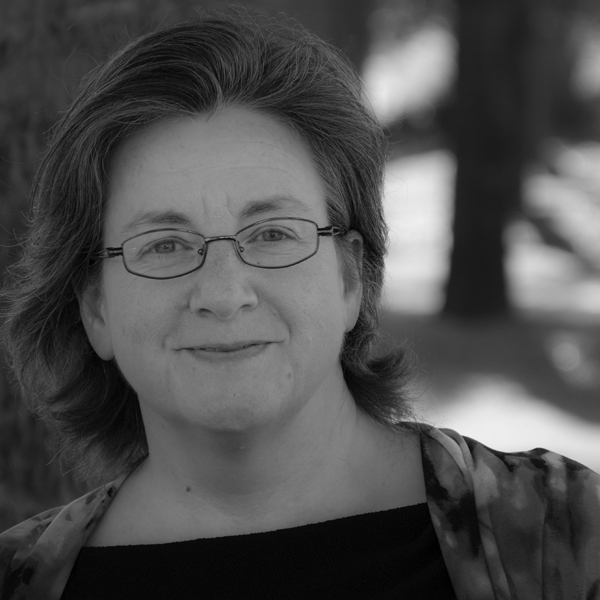
After Monet's Haystacks at Giverny, Sunset, 1890
Traci Mendel
Traci Mendel, D.M., is currently on faculty at Troy University in Troy, Alabama, where she composition, voice, music theory and aural skills. Her compositions have been heard in the U.S. and abroad in recitals, concerts, festivals, and at conferences. Her favorite instrument for which to write has always been the voice.
In After Monet's Haystacks at Giverny, Sunset, 1890, I sought to depict the feeling of being suspended within the light that this painting always evokes in me. The timbral differences between the voice and the flute are deliberately minimized to mimic the blurred boundaries within the painting.
-
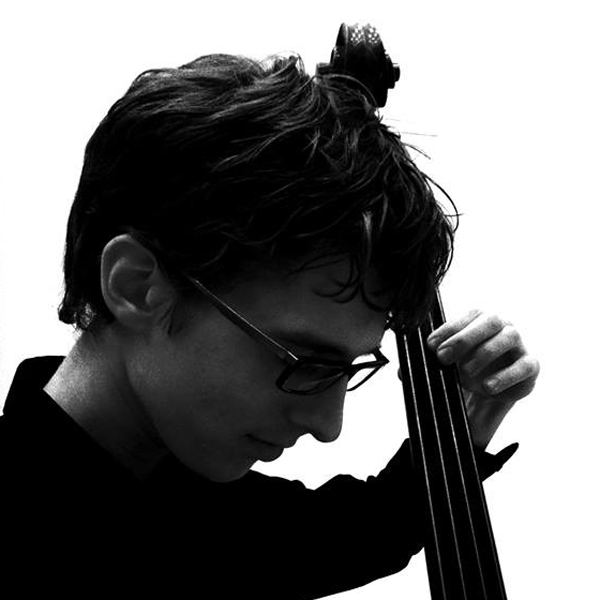
Désordre Lumineux
Hinse Mutter
Hinse studied classical double bass at the Rotterdam University of the Arts, and is active as a double bass player in many dutch orchestras. He has written songs, chamber music and orchestral pieces, and his arrangements of Mahler and Bach have been broadcasted on national dutch radio.
In this short song the singer is overwhelmed and swallowed up in the somewhat disturbing joy of Absinthe. Text: embrassé par la fée verte. O. O, la joie! désordre, lumineux - kissed by the green fairy. O. O, the joy! disorder, luminous. -
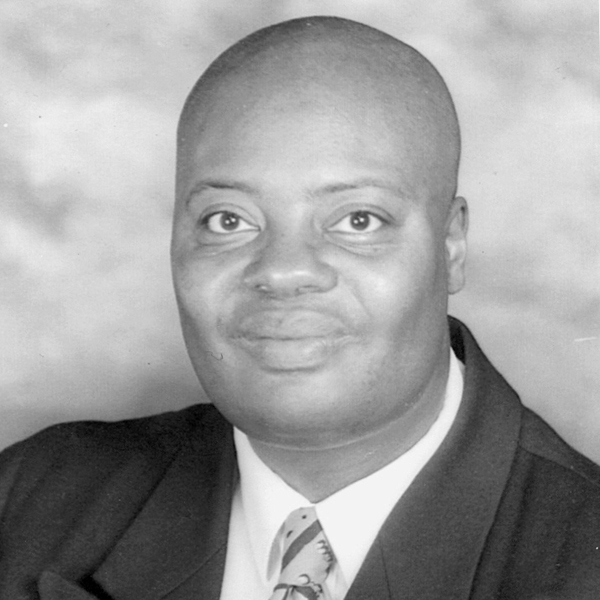
To a Creolean Lady
Gary Powell Nash
Gary Powell Nash is Associate Professor of Music at Fisk University in Nashville, TN where he teaches and coordinates courses in music theory, technology, composition, applied woodwinds and conducts the Fisk Jazz Ensemble. Nash’s works are featured on 11 compact discs, appearing on Albany, Centaur and Citadel Records labels.
To a Creolean Lady is a setting of a Charles Baudelaire poem of the same name. The work utilizes a light and playful jazz/blues style, alluding to that from the Belle Epoque era. This is mostly demonstrated by the jazz-like rhythms, melodies and harmonic progressions. -

Fairy Lights
Angelina Panozzo
Angelina Panozzo is an American composer living in London. She graduated with a degree in vocal performance and composition in May 2012, but continues her education through research and learning from ensembles, peers, and mentors. When she's not composing, singing, or writing about music on MusicallyNotable.Blogspot.com, you'll find her on the archery range or hiking through the wilds of greater London.
The Belle Époque was about science and discovery as well, and who better to exemplify that than Marie Skłodowska-Curie. Her discovery of polonium and radium in the late 1890's revolutionized the scientific community and earned her a Nobel prize in 1903. The text in this piece comes from her own biographical notes, musing on the ethereal qualities of the glowing test tubes in her dark laboratory.
-

Mémoire
Dana Richardson
In 2009 Dana Richardson’s article Syntonality: A new System of Harmony was published in the first issue of the SCI online theory journal. In 2008, his Ballade for piano solo was awarded first prize in the New York Composers Circle Competition. In parallel with his concert music composition, he is producing a CD of his syntonal rock music.
In Mémoire I try to take a dip in the sensuousness of Rimbaud’s poetic imagery. The reworked return of musical ideas evokes the memory of related images. This work was specifically written for, and is dedicated to Mary Hubbell and Alice Jones of Aurae.
-
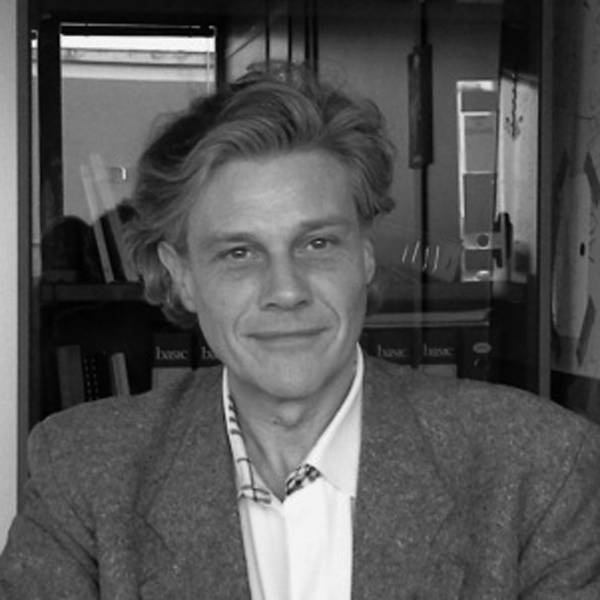
Hotels
Fabio Monzù Rosselli
Graduated from the local music conservatory with degree in composition and choral direction. Active as a pianist part of chamber ensembles and then as a composer affected by jazz contaminations and electronic music. Works for theater, video and installation.
Movement, traffic, various kind of people and an ironical view of the new world in this Apollinaire poem: Hotels. In the same spirit music and performance want to follow an entertainment form like a “Neapolitan cafè chantant”, keeping an eye on the incoming futurism.
-
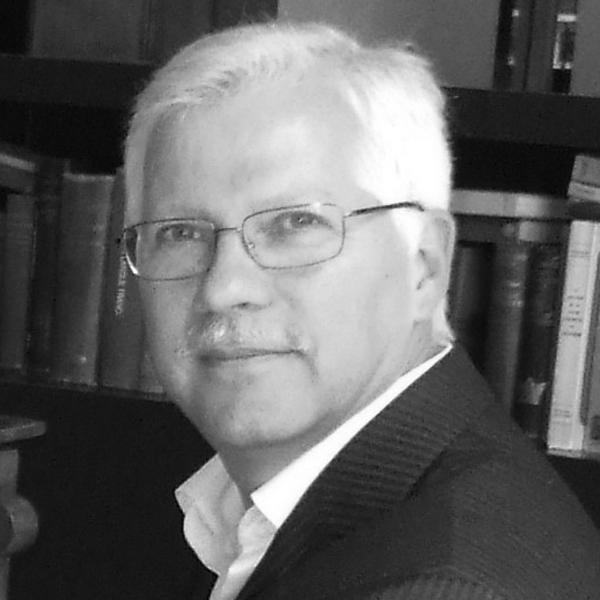
Cœur qui as tant battu
Louis Sauter
Louis Sauter is a French engineer and an amateur musician. He plays the piano, and sang with the Colonne Orchestra choir for several years. He has written a number of pieces for piano, voice, chamber ensembles and orchestra, several of which have been performed in public.
"Cœur qui as tant battu" is based on a poem by Charles Péguy (1873-1914). The melody is a soft tonal cantilena, and the flute accompanies the singer with harmonies reminiscent of those used by Erik Satie in his Gymnopédies. -
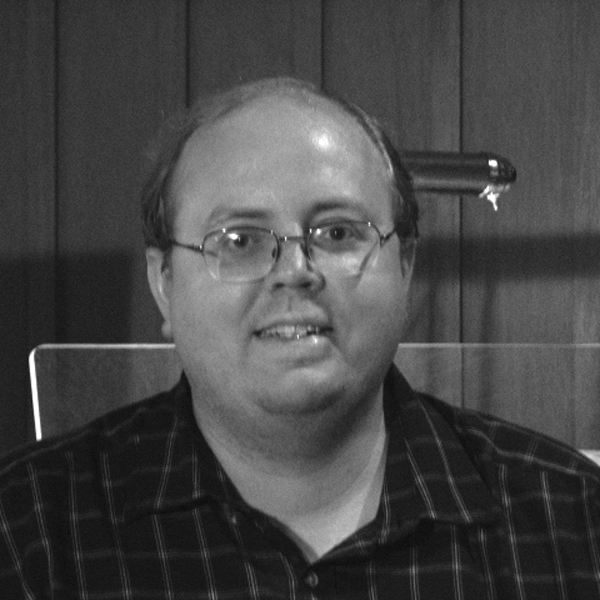
Time Regained
Christopher M. Wicks
Christopher M. Wicks (b. 1975) holds a MM in composition from the University of Montreal, and a MM in organ from the University of Oregon. He is a Fellow of the American Guild of Organists, and his compositions have been widely performed and recorded.
Prose is set to music less often than poetry. When I heard of a call for scores about the Belle Epoque, I resolved to set the most celebrated novelist of that era: Marcel Proust. I have set here my own English translation of the very final sentence of his seven-volume novel "A la recherche du temps perdu." The 3/4 meter of my piece evokes the dance with which Ravel characterized the "Belle Epoque" in his orchestral piece 'La Valse.'